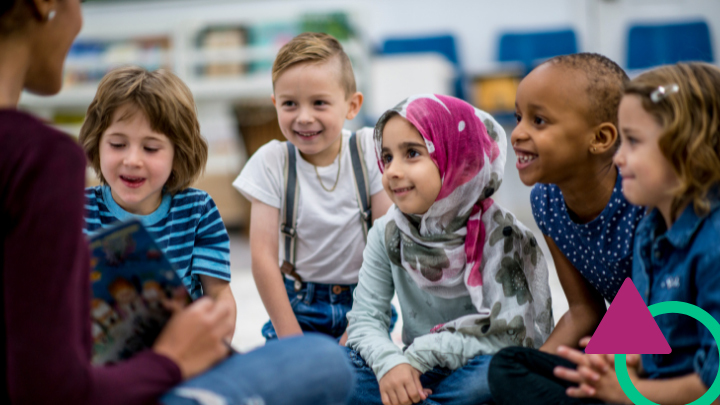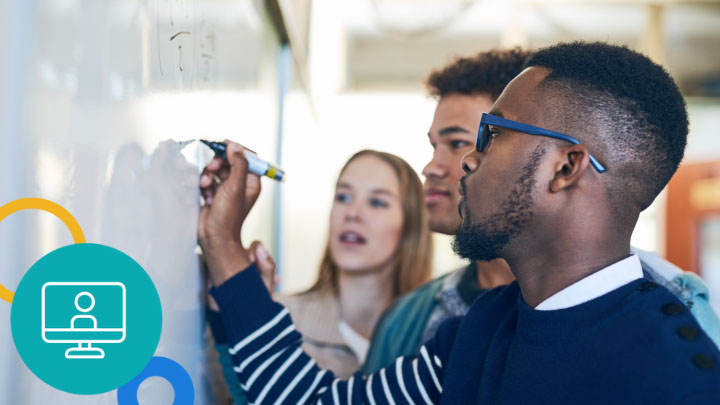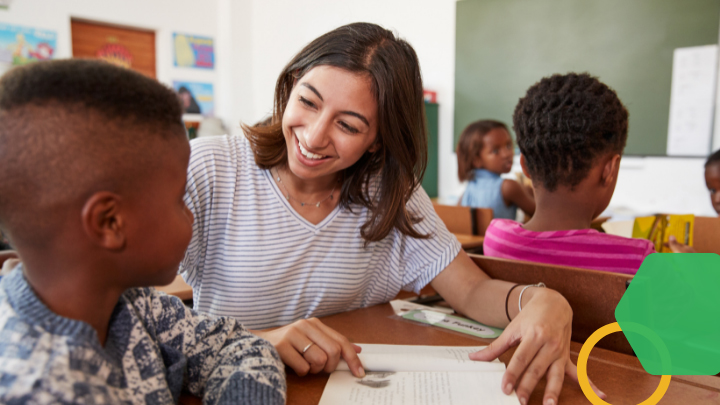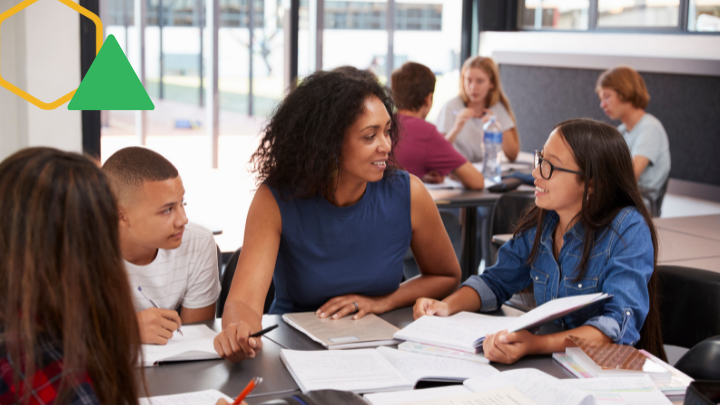Every day, I meet with school leaders to talk about learning solutions for their students and teachers. Often, one of the first things on their minds is how to help cope with the learning loss from the last two school years. Unfinished learning is high on their priority list as they work to address the inequities the COVID-19 pandemic exacerbated for their students. They are confronting the reality that they’ll have to support teachers and students to keep expectations high while figuring out how they can close potential academic gaps along the way.
But there are other heavy losses on the minds of our school leaders: knowing some of their students have lost loved ones, or have simply lost the ease of engaging in social interactions on a daily basis. They understand many staff and students are still coping with trauma and a high level of stress this fall.
In this challenging context, it is important to approach the question of unfinished teaching and learning loss not from a deficit-based perspective. We must not place the onus of the challenge on the students, when what happened in the last few years was completely out of their control.
Watch a webinar to create a plan of action toward accelerating the growth of all learners by focusing on simple but powerful instructional outcomes.
Unlock our 2022 video seriesAn Asset-Based Approach to Unfinished Learning
We should tackle this challenge with an asset-based mindset. One that allows recognizing four essential elements:
- Our students, teachers, and caregivers have faced a life-changing challenge with incredible resilience and are still reeling from this effort.
- They have learned an array of new skills during the pandemic. We must surface and celebrate these learning gains at the same time we acknowledge the reality of unfinished learning.
- Inequities in our schools before COVID, and the question of unfinished learning and inequitable academic gaps were already prevalent.
- Going back to the classroom of 2019 without critical analysis of what needs to be re-imagined could perpetuate, or even widen, these gaps. We have a unique opportunity to leverage recent innovations and gains toward redesigning our learning environments to make them more student-centered.
Remediation vs. Acceleration
If you can see the value of these four essential ideas, you will also see why a sole focus on remediation will not be the solution to help our students grow in a meaningful and equitable way. When we focus on remediation, we place the emphasis on helping struggling students catch up with all pre-existing gaps before allowing them to work at grade level expectations. It will often create a separation between students along the lines of how the pandemic affected them, and the potential for them to be tracked along these lines for the long run. Beyond the psychological harm that this can cause, we also now have a body of evidence showing that this practice does not effectively “catch students up”.
Remediation doesn't work. In fact, it has done damage by locking students into long-term learning gaps that worsen each year. They never catch up.
David Steiner, Executive Director of the Institute for Education Policy at the Johns Hopkins School of EducationThe same research clearly shows that we should be focusing instead on accelerating the growth of all our students. Accelerating growth does not mean speeding through content to cover more ground; rather, it means intentionally supporting students with the knowledge, skills, and personalized, targeted supports they need, so they can continue with grade-level work. It’s “depth over coverage”.
How to Achieve Growth Acceleration
This might look compelling, but you might still wonder: “How do we get there?”. And this question seems even more crucial in a school year of so many other challenges.
Growth acceleration can be achieved by focusing on 3 interconnected outcomes:
- Prioritizing Grade Level Content: In order to support students with unfinished learning while continuing to set the bar at grade-level expectations, we need to help teachers prioritize standards and reorganize their curriculum, encouraging them to see depth over breadth. Supporting educators to vertically and horizontally align their curriculum will allow them to create time and opportunities for just-in-time support. Ultimately, making for a more coherent experience for teachers and students, one that allows them to close gaps gradually.
- Reimagining Remediation by Differentiating Support and Leveraging Tech Tools: Our students and staff have learned to use so many digital tools by necessity in the past 2 years. While they will never replace quality face-to-face instruction, they create new possibilities to provide targeted, in-class support embedded in a common learning experience for our students. This is doable but not necessarily easy to implement, and we need to provide meaningful support to our students and teachers in this area.
- Leveraging Universal Design for Learning (UDL) Principles to Meet the Needs of All Learners: UDL is centered around providing multiple means of engagement, representation, action, and expression. When we discover students are struggling, our tendency is to restrict and narrow. However, when we strategically use multiple methods for learning, we cast a wider net and meet the needs of all learners. This does not mean we are making it “easier” for students. We are removing barriers to learning and providing them with a path to success.
I am not saying this is easy. And I am not saying this could be tackled in one day, let alone one professional development session. But the past two years have provided so many new ways to connect and collaborate together, that focusing on these 3 interconnected outcomes in a continuous, flexible, and job-embedded way, will make an impact. These outcomes will not only support students with closing temporary gaps, they can also create the conditions for our learning environments to become more student-centered for the long run. This is a challenge worth embracing this year, and we, at BetterLesson, are ready to support you through synchronous and asynchronous learning experiences.








